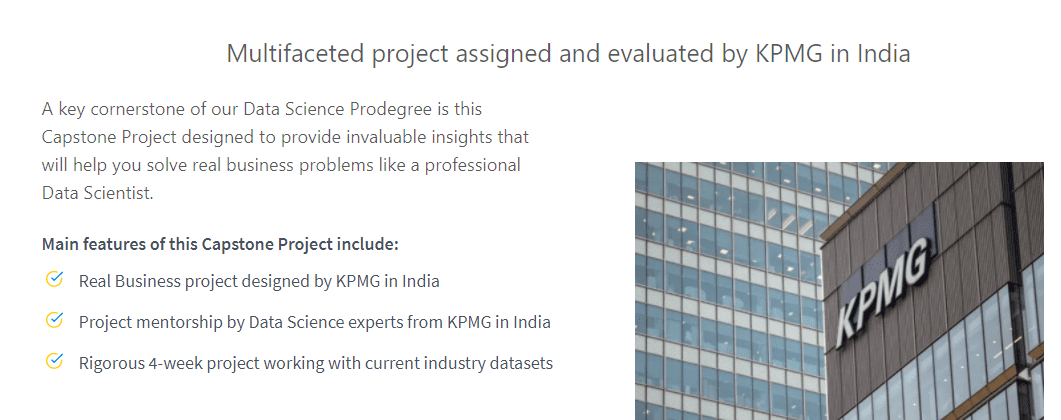Big data has revolutionized nearly every industry. Whether it’s social media or FMCG, every industry has started utilizing big data; and hence, the demand for data scientists and analysts is sky-rocketing.
In the following points, we’ll explore the scope of data science and analytics careers to find out why it’s worth pursuing a career in these fields.
 Jobs of the future – scope of data science and analytics
Jobs of the future – scope of data science and analytics
Data scientists and analysts are big data professionals, which is becoming one of the fastest-growing sectors globally. Experts predict that the global big data market size will grow from USD 138.9 billion in 2020 to USD 229.4 billion by 2025.
Big data market size will grow at a Compound Annual Growth Rate (CAGR) of 10.6% during this period, a substantially high speed when you compare it with other industries.
Data scientists and analysts help companies in tackling modern business problems by gathering insights from large amounts of data. From social media to finance, companies of various industries rely on these experts to utilize big data effectively.
Many experts predict that over 14,000 jobs will become obsolete by the end of this decade. Most of these jobs will be lost to automation and changing industry trends. Hence, it’s vital for you to pursue a career in a field that keeps up with the industry’s demands and offers long-term job security.
Data science is quite a new sector. Joining data science courses and starting a career early in this field would help you greatly in advancing your career. If you check the data science course details of most programs, then you’d find that the average data science course fees are very reasonable.
Jobs with great pay – data science and analytics attract lucrative salaries
There’s a lot of demand for data science professionals. So, companies pay lucrative salaries to eligible professionals for these roles. Some of the highest-paying jobs you can get after completing the data science course in India include Data Analyst, Business Analyst, and Data Scientist.
For example, the average salary of a business analyst ranges from INR 2.73 lakh per annum to INR 10 lakh per annum in India. A proper data science course with placement support can help you start your career right away with such roles.
How to pursue a career in data science and analytics
Pursuing a career in data science and analytics can help you tremendously. You can open multiple doors of opportunity for yourself by developing the required skills for this industry.
The best way to learn about data science and analytics is by joining a data science course in India. The best data science courses in India will provide you with dedicated guidance and mentorship, along with a structured curriculum to study from.
Most of the attractive data science courses have quite reasonable fees. Some of the important skills you can learn in an online data science course in India are predictive analysis, machine learning, R, statistical analysis, and plenty of other data science skills.
Joining an online data science course in India would be perfect right now as it allows you to study from your home without going anywhere.
Conclusion
We hope that you found the above article on the opportunities of data science and analytics useful. You can easily start a career in these fields by joining a data science course with placement support.
Visit our site to get additional data science course details and learn more about the best data science courses in India.








 The key concept behind this rise being, companies, need experts to analyze the data that is being collected and conclude decisions which not only contribute to short term gains but also long term business advances for the business.
The key concept behind this rise being, companies, need experts to analyze the data that is being collected and conclude decisions which not only contribute to short term gains but also long term business advances for the business.
 Over the past few months, colleges and academic institutions have seen a significant rise in enrollment in
Over the past few months, colleges and academic institutions have seen a significant rise in enrollment in 



